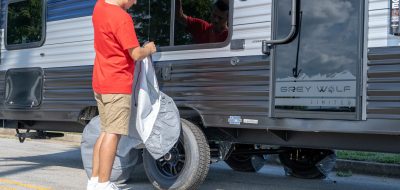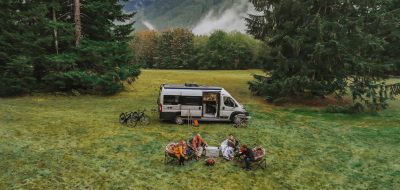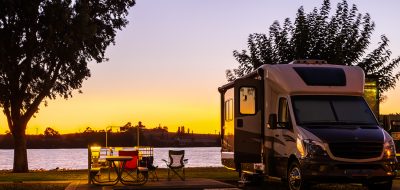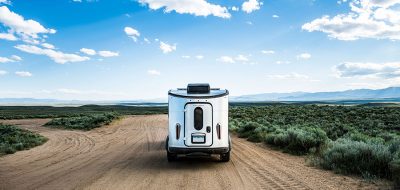Hurricanes can have an impact anywhere along the East Coast, Gulf Coast, and even thousands of miles inland.

Hurricane Wilma in 2005. Hurricane Wilma was a category 5 hurricane and one of the costliest storms in history. Hurricane Wilma’s highest sustained winds was at 185 mph. Lowest pressure point measured at 882 mbar. (Credit: hurricane-facts.com)
During the 2012 hurricane season, Sandy led to Presidential disaster declarations in 13 states, sweeping from Maine to West Virginia.
Now is the time to prepare for the start of this year’s hurricane season
A hurricane is a type of tropical cyclone or severe tropical storm that forms in the southern Atlantic Ocean, Caribbean Sea, Gulf of Mexico, and in the eastern Pacific Ocean.
A typical cyclone is accompanied by thunderstorms, and in the Northern Hemisphere, a counterclockwise circulation of winds near the earth’s surface.
All Atlantic and Gulf of Mexico coastal areas are subject to hurricanes. Parts of the Southwest United States and the Pacific Coast also experience heavy rains and floods each year from hurricanes spawned off Mexico.
The Atlantic hurricane season lasts from June to November, with the peak season from mid-August to late October. The Eastern Pacific hurricane season begins May 15 and ends November 30.
Hurricane can produce winds exceeding 155 miles per hour as well as spawn tornadoes and mircrobursts.
Additionally, hurricanes can create storm surges along the coast and cause extensive damage from heavy rainfall. Floods and flying debris from the excessive winds are often the deadly and destructive results of these weather events.
Slow moving hurricanes traveling into mountainous regions tend to produce especially heavy rain. Excessive rain can trigger landslides or mud slides. Flash flooding can occur due to intense rainfall.

Flooding over access road 523 to Surfside beach, caused by Hurricane Ike forming in the Gulf of Mexico, is seen near Surfside Beach, Texas, September 12, 2008. (Credit: Reuters/Carlos Barria)
Hurricane Preparation for RVers
If you RV on the East Coast, through the southern Gulf States to Texas, you’re already aware that Atlantic, Caribbean, and Gulf of Mexico hurricanes and tropical storms are a fact of life from June 1 through November 30 and the height of the hurricane season occurs from late August through early October.
Although less common, they also occur on the Pacific Coast in southern California and Baja California, Mexico.
Any day now, you’ll turn on the TV and see a meteorologist pointing to a radar blob in the Gulf of Mexico make two basic meteorological points:
- There is no need to panic
- We could all be killed
You may wish to follow this simple three-step hurricane preparedness plan:
- Step 1: Buy enough food and bottled water to last your family for at least seven days
- Step 2: Load these supplies into your recreational vehicle
- Step 3: Drive to Wyoming and stay there until after Thanksgiving
While you may deem this plan to be somewhat overkill, it begs the question: What should RVers do?
Above all else, use common sense and remain calm.
Planning and preparation is the key—and that’s where you should start NOW.
As an RVer you are already several steps ahead in preparation for a hurricane.
Before a Hurricane
To prepare for a hurricane, you should take the following measures:
- To begin preparing, you should build an emergency kit and make a family communications plan
- Know your surroundings
- Learn community hurricane evacuation routes
Note: This is Part 1 of a 4-part series on Hurricanes and the RVer
Part 2: Are You Prepared for This Year’s Hurricane Season?
Part 3: Hurricane Season: A Primer
Part 4: The One-Eyed Monster: Storm Surge & Saffir-Simpson Scale
Worth Pondering…
The first rule of hurricane coverage is that every broadcast must begin with palm trees bending in the wind.
—Carl Hiaasen
You May Also Like
- Newmar Introduces ‘Flat Matt’ Promo
- Iota Introduces Power Products Guide
- Venture RV Introduces SportTrek Toy Hauler Trailer
- KZRV Introduces Spree Connect Lightweight Trailer
- Atlanta to Host The Rally in October
If you enjoy these articles and want to read more on RV travels and lifestyle, visit my website: Vogel Talks RVing.






